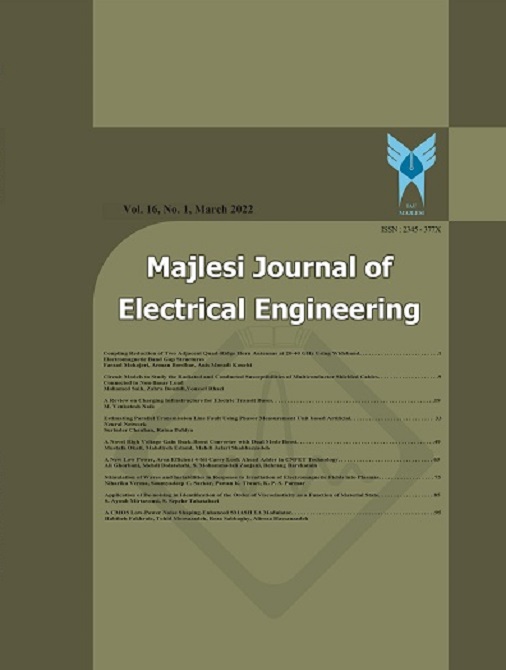Document Type : Review Article
Author
Department of Electrical Engineering , Al Azhar University, Nasr City, Cairo, Egypt
Abstract
The deriving force in the design and performance analysis of all radar systems is the target's characteristics. The fluctuation rate of such a target may vary from essentially independent return amplitudes from pulse-to-pulse to significant variation only on a scan-to-scan basis. The correlation coefficient between the two consecutive echoes in the dwell-time is equal to unity for the SWI and SWIII cases while it is zero for the SWII and SWIV models. An important class of targets is that represented by the so-called moderately fluctuating Rayleigh and c2 targets, which, when illuminated by a coherent pulse train, return a train of correlated pulses with a correlation coefficient in the range 0<r<1 (intermediate between SWII and SWI models in the case of Rayleigh targets).and (intermediate between SWIV and SWIII models in the case of c2 targets). The detection of partially correlated c2 targets with two and four degrees of freedom is therefore of great importance.The constant false alarm rate in the presence of variable levels of noise is usually a requirement placed on any modern radar. The CA and OS schemes are the most familiar candidates in this category of detection techniques. Our goal in this paper is to analyze their detection performances for the case where the radar receiver post-detection integrates M pulses of an exponentially correlated signal from targets which exhibit c2 statistics with two and four degrees of freedom. Exact formulas for the detection probabilities are derived, in the absence as well as in the presence of spurious targets. As predicted, the CA detector has the best homogeneous performance while the OS scheme gives the best target multiplicity performance when the number of outlying targets is within its allowable values.
Keywords

